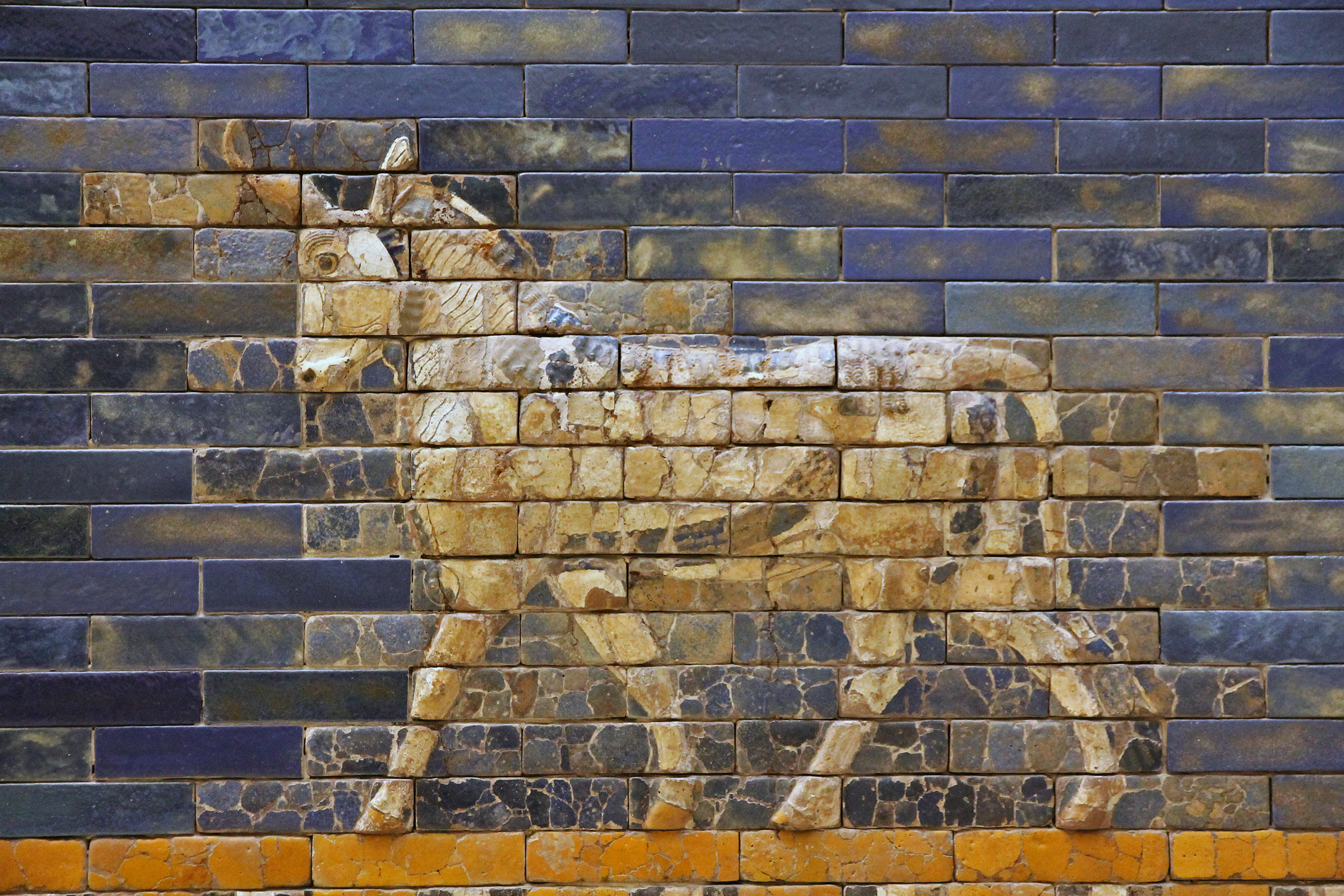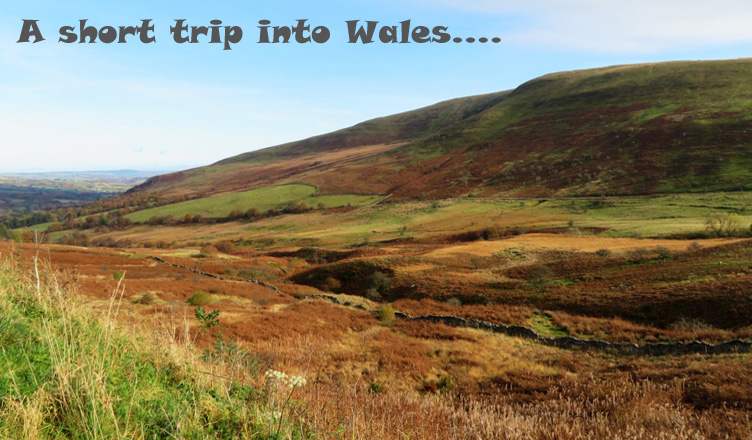In the final week of 2014, we went citytripping in Berlin. For me, personally, it certainly was one of the most memorable citytrips, and one I truly enjoyed from beginning to end. It was the combination of culture (e.g. the Museuminsel), history (Berlin Wall and WWII memorial sites, and a wide array of associated musea), street art (esp. work from ROA, a well-known street artist from Ghent, Belgium) and general cosiness (e.g. at the christmas markets) that made this work for me.
The very first day, we split up: while Annick and Febe went to the Berlin Aquarium, I visited the Pergamon museum, one of a number of fine musea on Museuminsel (“museum-island”). It’s not surpising that the Museuminsel itself is a UNESCO world heritage site, as it is one of the few parts of Berlin that remained relatively intact during the second world war. It’s exactly what its name suggests: an island in the river Spree, populated with a number of world-class musea, built in the 19th and 20th century:
- The Altes Museum (“Old museum”: 1824-1828), with a permanent exhibition on art and culture of the Greeks, Etruscans and Romans.
- The Neues Museum (“New museum”: 1843), showcasing Egyptian art, prehistoric objects and classical antiquities. Its highlight is definitely the Nefertiti Bust.
- The Nationalgallerie (“National Gallery”: 1866), which displays 19th century art.
- The Bode Museum (1897), consisting of a sculpture exhibit, the museum of Byzantine art and a coins museum.
- The Pergamon Museum (1909).
The youngest of these musea is also the most frequently visited one. But that’s not all: it is also the most visited museum in the whole of Germany! In this post, I would like to explain to you why exactly it is so popular.
First of all, I have to admit my timing was quite unfortunate, to say the least. The Pergamon museum is named after the famous Pergamon Altar, which was closed to visitors because of extensive renovation works, which started the end of September 2015 and will go on until 2019 (!). This said, it actually didn’t matter: even without its primary highlight, the museum has so much on offer that it is truly a cultural sensation!
And this is why:
1. Superb location.
The museuminsel itself is a collection of architectural masterpieces, all crammed together on a tiny island. Some of the musea are temple-like, neo-classicist buildings with impressive staircases and rows of columns.
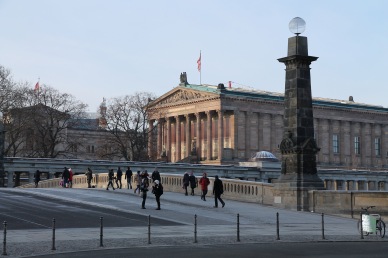

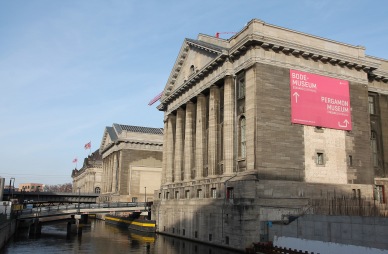
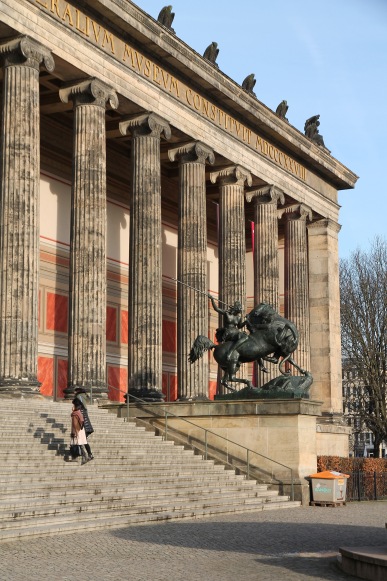
The only real exception seems to be the neo-baroque Bode Museum.
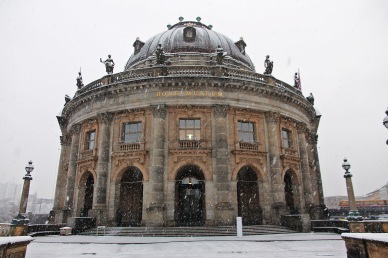
The Berliner Dom (Berlin cathedral), a beautiful protestant church, is also located on the island.
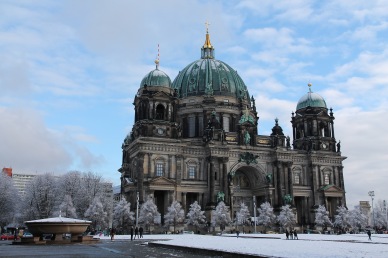
2. Impressive reconstructions of massive archaeological structures.
This seems to be the Pergamon’s signature style of display, and probably the primary cause of its popularity. Not only are these ancient structures truly jaw-dropping because of their size, beauty and originality, it also provides a (strongly appreciated) context, something I’ve never seen in any other museum before. All reconstructions contain original fragments. Except for the Pergamon Altar, these are the main highlights:
a. The Ishtar Gate and Processional Way (Babylon, 575 BC)
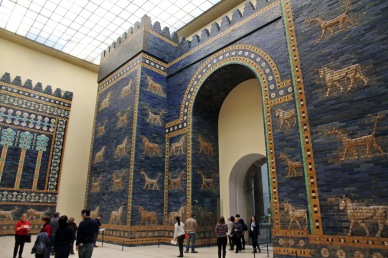
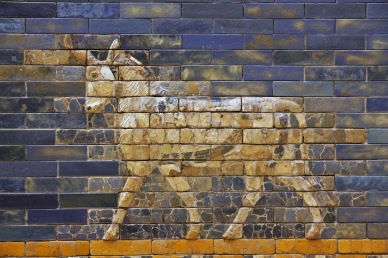
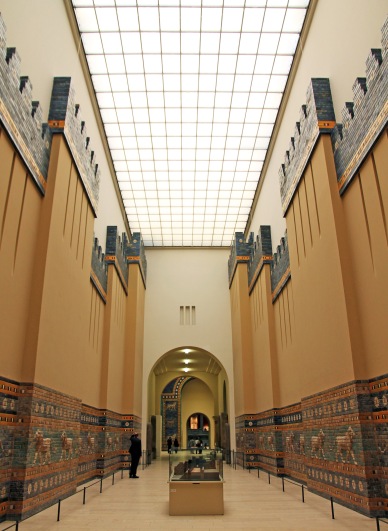
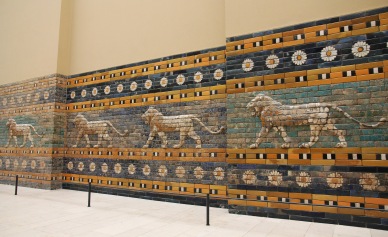
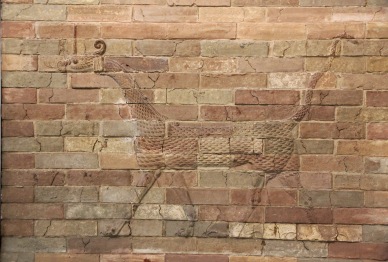
b. The Mshatta Facade (Jordan, 8th century AD)
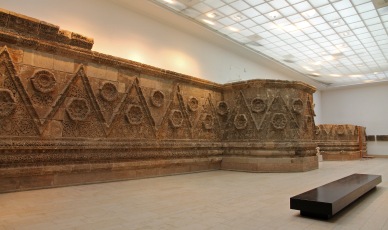
c. The Market Gate of Miletus (Greece, 2nd century AD)
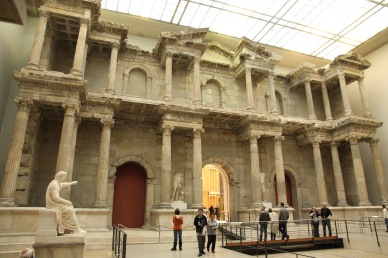
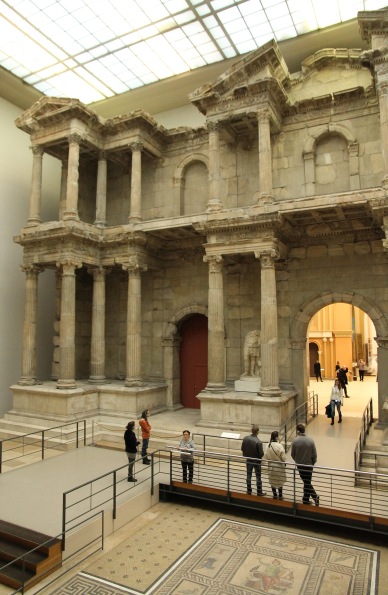
Other remarkable reconstructions include:
d. Cone mosaics from Uruk (Babylonia, 3000 BC)
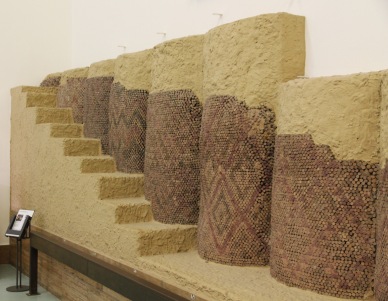
e. Front of the Inanna-temple (Uruk, 1413 BC)
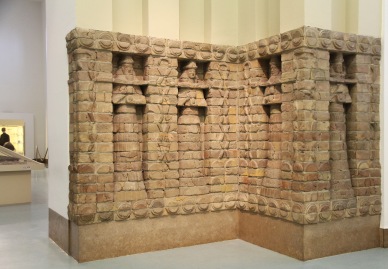
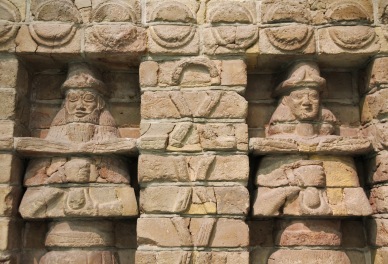
3. Amazing statues.
Personally, I have a profound interest in Sumerian/Babylonian history. Therefore, it was a great joy to see some of its colossal statues from up close. For me, this is where history and fairytales converge. Wow again!
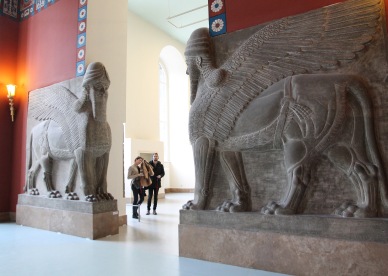
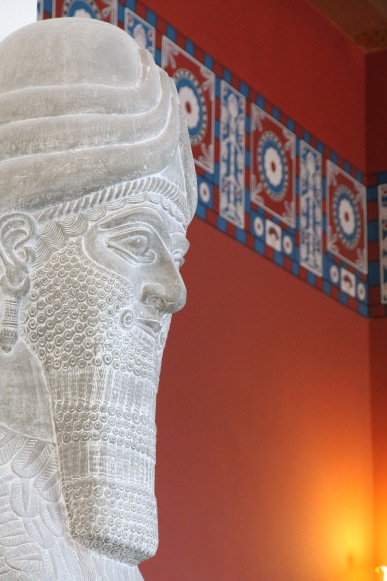
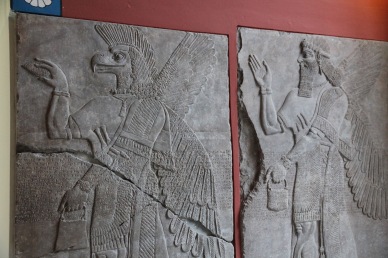
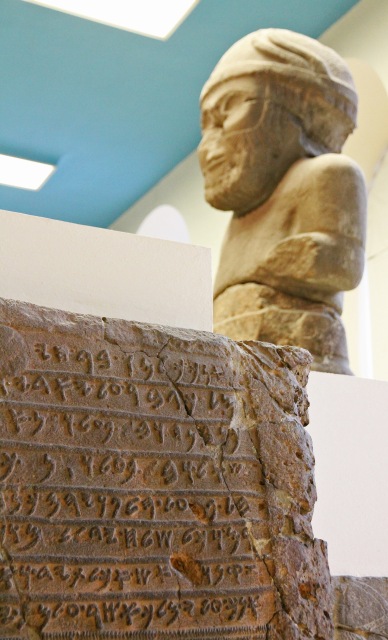
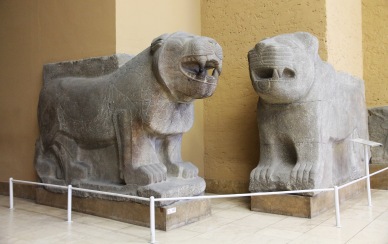
4. Colourful Islamic art.
The museum consists of 3 parts: the Antiquity Collection, the Middle East Museum and the Islamic Art Museum. The latter part includes the Aleppo room (a reception room from a broker’s home in Aleppo, Syria) and numerous colourful and detailed pieces of art and architecture that made me recollect our wonderful time in Morocco last year. Some examples:
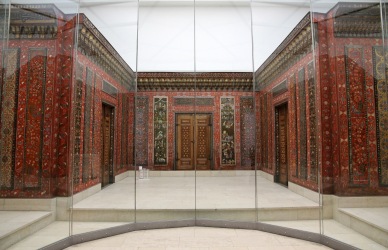
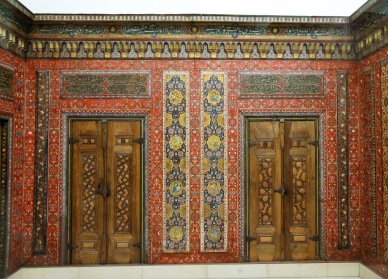
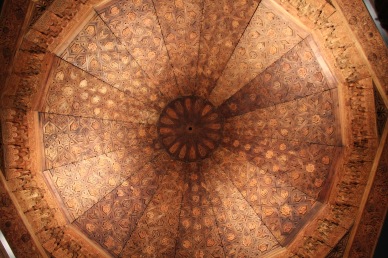
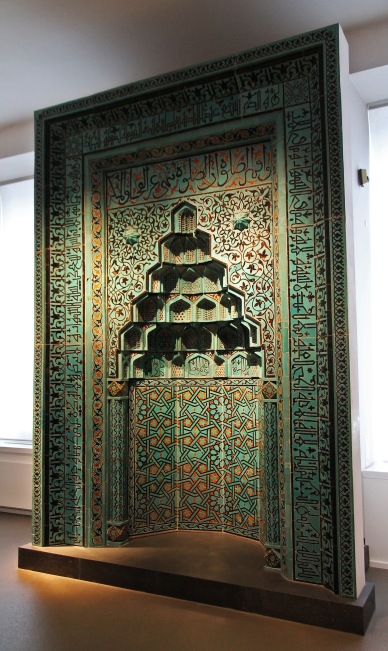
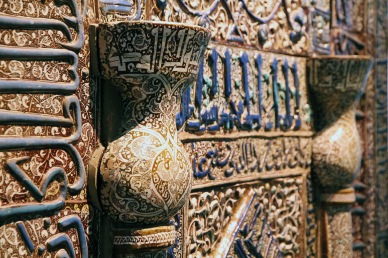
In summary: I can’t imagine any other museum to be more awesome than this one. A 100% must-see when you go to Berlin!
Museumsinsel (Museum Island), Berlin (nr. 896)
The 5 museums on Museuminsel show the evolution in museum design over the course of the 20th century. The architectural quality of the buildings is exceptional and the musea were built in such a way as to establish an organic connection between each museum and the art it houses. Museumsinsel is the most outstanding example of the art museum as a social phenomenon and an expression of enlightenment.

